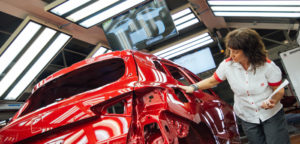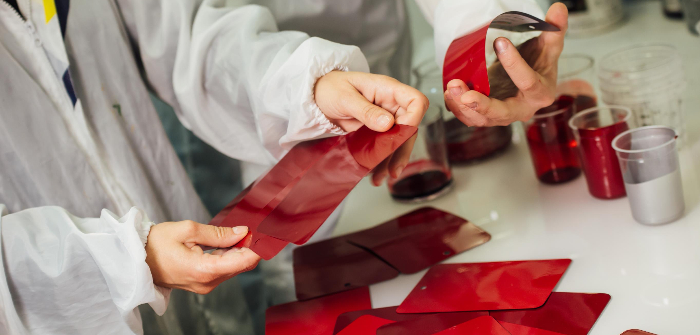Seat has revealed the huge R&D effort that goes into developing a new paint color – a process that typically takes 1,000 days and 1,000 liters of paint.
“In addition to following trends, a lot of intuition also goes into defining a new shade. You have to feel the pulse on the street and run with it,” commented Jordi Font, an expert in Seat’s color and trim department.
Different mixtures are tested in the lab with varying chemical compositions. In the case of the color palette for the Seat Arona, Carol Gómez explained, “By mixing 50 different pigments and metal particles we’ve created nearly 100 variations of the same color to see which shade is the most suitable. Colors get more sophisticated every day and thedemand for customization is a growing trend.”
Once the color is defined, it has to be tested on a metal plate to verify its application and the visual effect it produces. “We check the depth and subtlety of the shade on plates that are exposed to sunlight and placed in the shade to make sure that the applied color matches the one we designed,” color and trim expert Jesús Guzmán added.
In booths, cars are painted at a temperature of between 21°C and 25°C. Two and a half kilos of paint is applied on each car in an automated process performed by 84 robots that takes six hours per vehicle.
The paint booths feature a ventilation system similar to the ones found in a surgery to prevent dust and other impurities from settling on the freshly painted cars. Covered in seven coats, each as thin as a hair width but as hard as a rock, the part is baked in an oven at 140°C.
Once painted, it takesonly 43 seconds to verify there are no deficiencies in the paint application. The vehicles then pass through a scanner, which checks for smooth surfaces and ensures there are no impurities.


